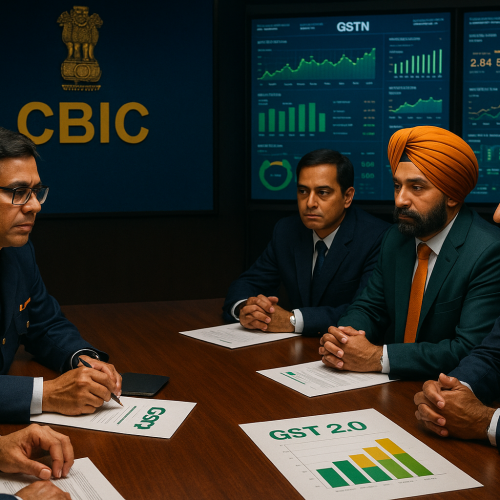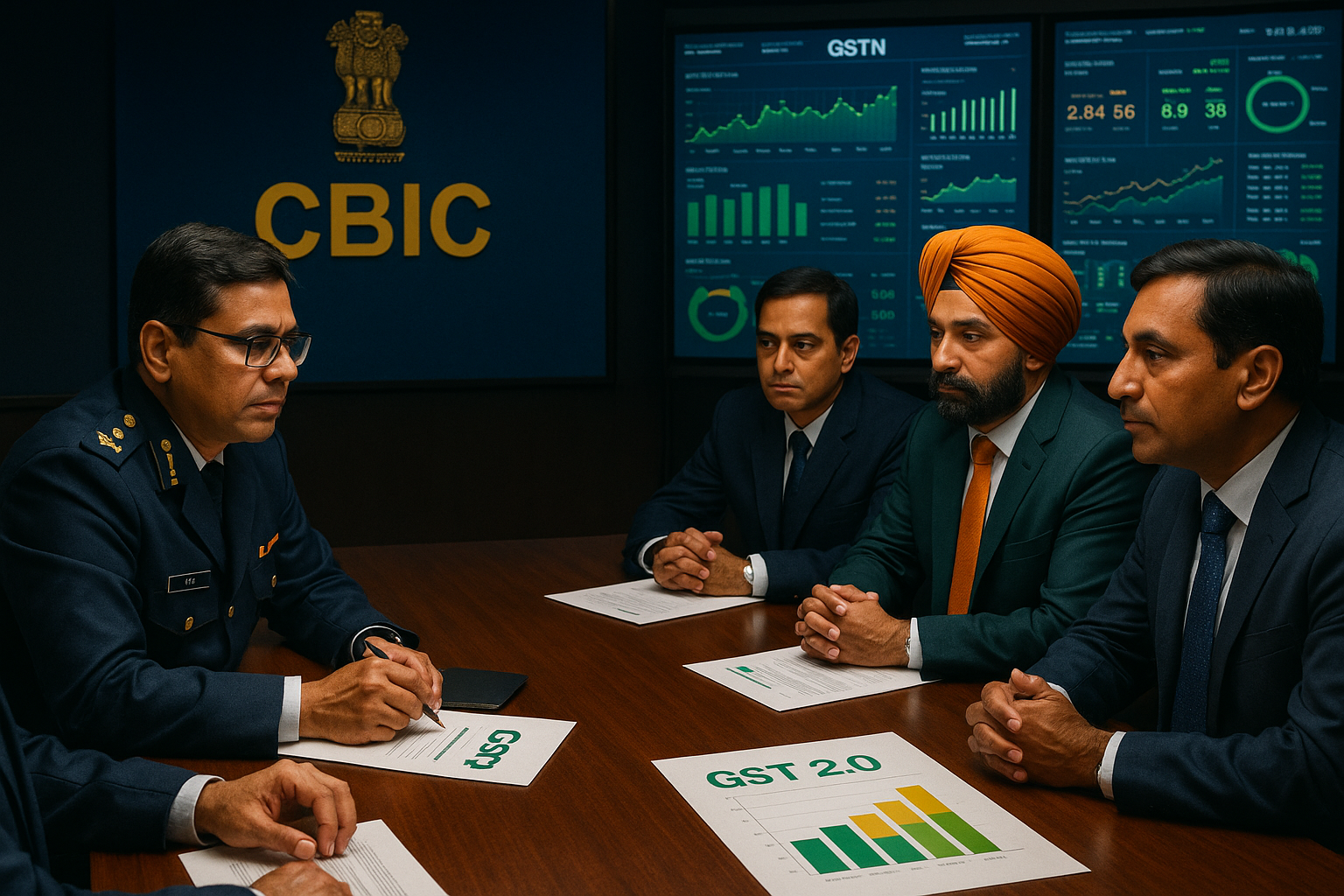Finance Minister Nirmala Sitharaman has described GST 2.0 as the “final piece in India’s big tax reforms,” stressing that the overhaul was guided by the principles of affordability and Aatmanirbharta (self-reliance). The minister noted that the simplification of slabs, reduction in litigation, and consumer-centric design of GST 2.0 will strengthen both compliance and consumption.
Her remarks reaffirm the government’s vision of creating a transparent, efficient, and growth-oriented tax system, consolidating GST as the backbone of India’s indirect tax regime.
Core Development
Addressing stakeholders, Sitharaman explained that GST 2.0 reforms were not merely technical changes but a structural shift aimed at improving ease of doing business. Key elements include:
Simplified Slabs: Moving toward fewer, clearer tax categories.
Consumer Relief: Focus on affordability of essentials and daily-use goods.
Aatmanirbharta Alignment: Supporting domestic industry while reducing dependency on imports.
The Finance Minister emphasized that the reforms were designed after extensive consultation with states and industry, ensuring broad-based consensus.
Key Drivers Behind GST 2.0
Consumer-Centric Approach: Balancing affordability with revenue needs.
Ease of Compliance: Reducing disputes over classification and interpretation.
Self-Reliance Agenda: Encouraging domestic production and competitiveness.
Stakeholder Impact
For Businesses: A predictable tax environment reduces litigation and compliance costs.
For Consumers: Lower GST rates on essentials increase affordability.
For Government: Wider tax base and higher compliance will strengthen revenue stability.
Industry & Policy Reactions
Industry experts praised the reforms as forward-looking, with potential to boost demand, encourage investment, and enhance India’s image as a competitive market. Policymakers stressed that GST 2.0 reflects India’s readiness for the next stage of economic growth and global integration.
Challenges Ahead
Transition Phase: Businesses will need to quickly adapt billing and IT systems.
Revenue Balance: Ensuring short-term dips do not strain fiscal stability.
Monitoring Pass-Through: Ensuring tax cuts benefit consumers at the retail level.
Strategic Outlook
GST 2.0 represents a culmination of India’s indirect tax journey, moving closer to a streamlined, globally competitive system. By combining affordability, compliance, and self-reliance, it is expected to act as a long-term enabler of economic growth and resilience.
Why This Matters
GST 2.0 is more than a tax reform — it is a reflection of India’s evolving economic philosophy, where affordability, inclusivity, and self-reliance are integrated into fiscal policy. The reforms mark a decisive step toward a transparent and future-ready tax ecosystem.












